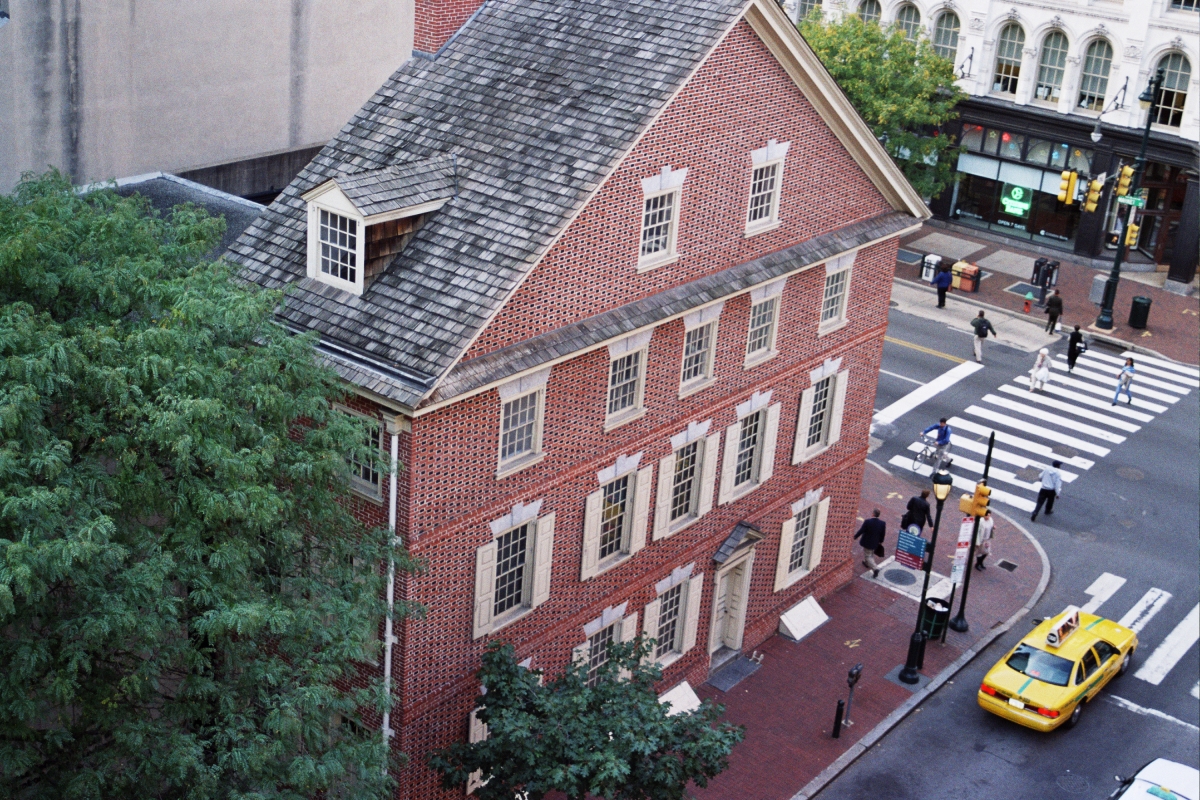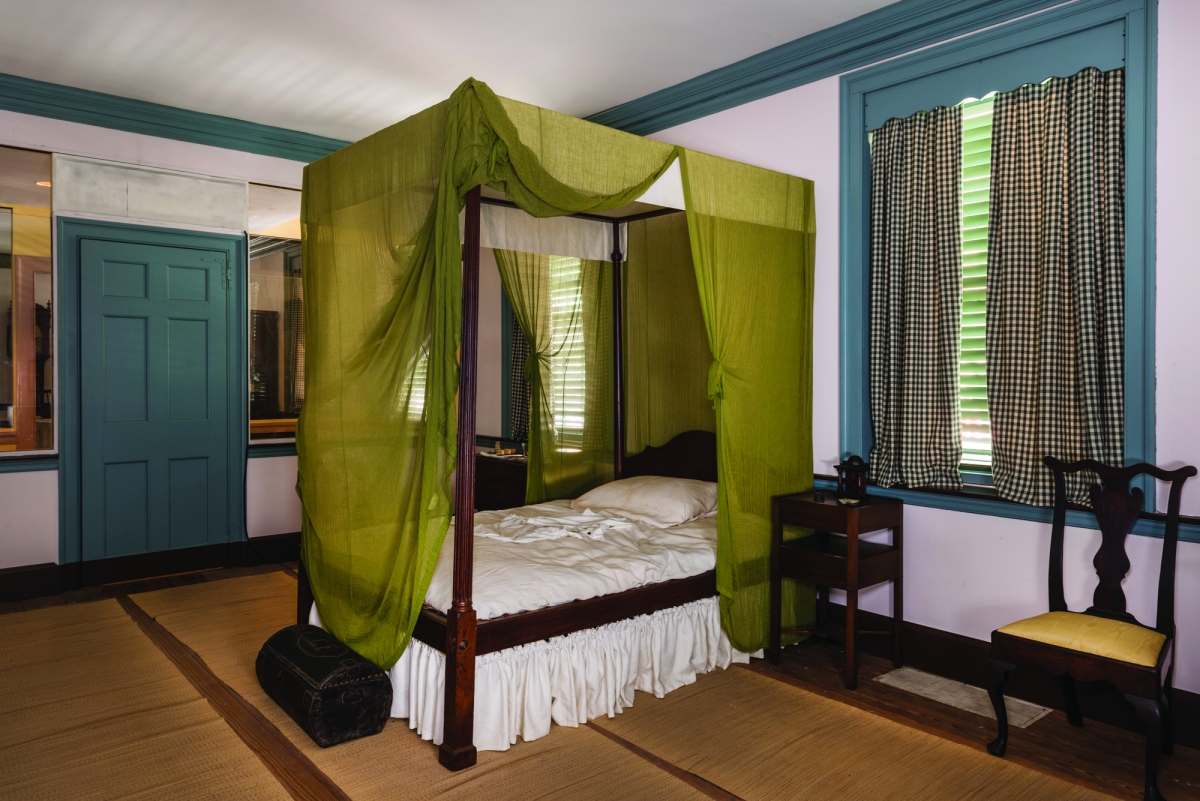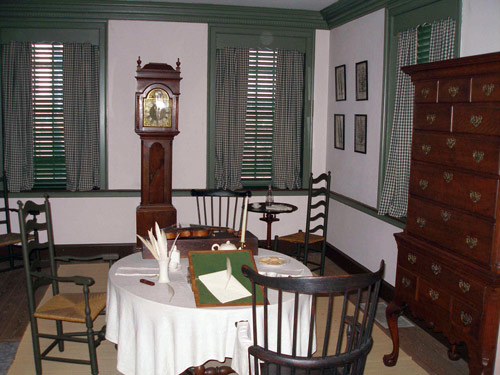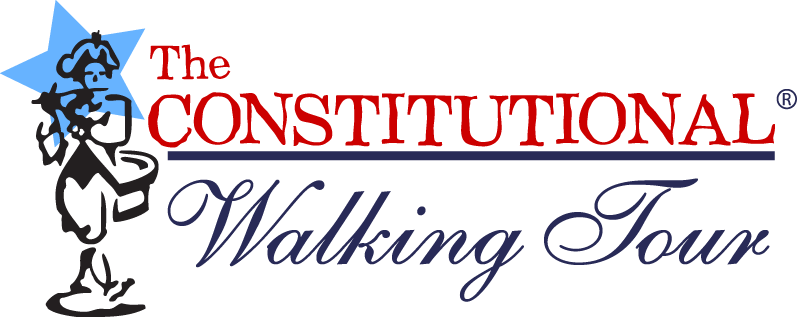Related Posts
- Buy Tickets for The Constitutional Walking Tour of Philadelphia – See 20+ Sites on a Primary Overview of Independence Park, including the Liberty Bell and Independence Hall
- Independence Hall History
- Independence Hall Tickets & Visitor Guide
- Thomas Jefferson - One of America's Founding Fathers
Where The Declaration of Independence Was Written - the Revolutionary Document that created the United States of America!
The History
In June, 1776 Thomas Jefferson was selected to be a part of the Committee of Five, the group assigned the task of creating what became known as The Declaration of Independence. Thomas Jefferson had been living in Philadelphia as a member of the Second Continental Congress for nearly a year at this point and found it uncomfortable living in the heart of the city. Luckily for Jefferson, escaping the hustle and bustle of Philadelphia in 1776 required moving just a few blocks west. Jefferson decided to rent two furnished rooms from bricklayer Jacob Graff at the corner of 7th & High Street (present day Market Street).
While Jefferson’s new lodgings were located a mere two blocks away from the Pennsylvania State House (present day Independence Hall) where Jefferson and the rest of the Continental Congress met, the surroundings were considerably more quiet and bucolic than the atmosphere of just a couple of blocks away.
Some of Jefferson’s closest neighborhoods were fields and there was a horse stable across the street. His new temporary home would provide him with the peace and tranquility to author the document that gave birth to the United States of America!

The Committee of Five decided to elect Jefferson to write the first draft of the document at the urging of fellow committee member John Adams who had much respect for his draft of the proposed Virginia Constitution. Jefferson did not have much time to write as most of his time was spent serving in the Continental Congress. Nevertheless, Jefferson was able to pen his historic document in just seventeen days, while working within the Graff House. The document was then edited by other members of the Committee of Five including John Adams and Benjamin Franklin before being submitted to congress and after much debate and some edits, approved on July 4th, 1776.
Not long afterwards, Jefferson would leave the Graff House and return to Virginia where he served as a legislator and Governor during the Revolutionary War. The Graff House would continue to stand for over a century before it was torn down in 1883. The current Graff House or Declaration House was rebuilt in 1975, just in time for Philadelphia’s Bicentennial Celebration in 1976.
What to See
The building itself is a very impressive reconstruction of an 18th century building. Unlike many other lost historic buildings, the Graff House lasted long enough to be photographed before it was demolished. The National Park Service drew upon these photos and the known dimensions of the house to complete a very accurate recreation of what the Graff House looked like in 1776 while Thomas Jefferson lived there. The house is done in the Georgian Style, a popular style of Architecture in 18th century Philadelphia. The house also uses Flemish bond brickwork, a unique style of brickwork in which some bricks are glazed black and used to create a checkerboard pattern.

 On the second floor of the Declaration House, there is a reconstruction of Thomas Jefferson's furnished bedchamber and parlor. Jefferson woke up early each morning, and started the day by bathing his feet in an ice bath. Bob Hemings, Jefferson's enslaved 14 year old servant, attended to Jefferson's needs.
On the second floor of the Declaration House, there is a reconstruction of Thomas Jefferson's furnished bedchamber and parlor. Jefferson woke up early each morning, and started the day by bathing his feet in an ice bath. Bob Hemings, Jefferson's enslaved 14 year old servant, attended to Jefferson's needs.Inside the house today is a museum dedicated to Thomas Jefferson and The Declaration of Independence. On the first floor there are exhibits and a short film about the drafting of The Declaration of Independence. The most interesting part of the house however is on the second floor where the two rooms that Jefferson rented have been faithfully recreated with period furniture. Guests can see the bedroom where Thomas Jefferson slept as well as the parlor room where Jefferson entertained other members of the Second Continental Congress. Among the furniture within the rooms is a reproduction of the swivel chair and lap desk Jefferson used while he wrote The Declaration of Independence!
Insider Tips
Unfortunately, due to the 2013 sequester the Declaration House has been officially closed since March 20, 2013. Necessary cuts to staff resulted in the closing of some of the less visited attractions within the park.
It's a shame if you ask us, considering the importance of the Declaration of Independence to the United States of America. No less an authority than Abraham Lincoln promoted The Declaration of Independence as the moral standard for which the United States should strive for. Lincoln viewed The Declaration of Independence as the “statement of principles” through which the United States Constitution should be interpreted. If you think visiting the site where Thomas Jefferson wrote The Declaration of Independence is an important experience that should be saved, please write to your Congressperson and ask that funding be restored to Independence National Historic Park in Philadelphia.
While still officially closed, the National Park Rangers do their best to open the museum when they can. Extra staffing in the summer sometimes allows them to briefly open the Museum to the public. When open, it is generally only briefly in the morning and is closed by noon. Stop by first thing in the morning and perhaps you’ll be lucky enough to explore inside.
How to Get There
For guests of The Constitutional Walking Tour and The Constitutional Bus Tour, the Declaration House or Graff House is very easy to see as it is one of the stops on the tour. If you want to return to the building after the tour is over, it is a short 2 blocks away from the National Constitution Center where all of our tours begin and end. Simply walk down Arch Street to 7th Street and make a left. Walk 1 block to Market Street, cross Market Street and the Declaration House will be on the right.
The Declaration House is also easily accessible to public transit as it is just a block away from the 8th Street Station on the Market Frankford Subway Line and Market East Station. There are also numerous parking garages in the vicinity that serve the historic sites, making it easy to drive to as well.
Hours
Currently Closed
Additional Information
7th and Market Streets
Philadelphia, PA 19106
215.965.2305



